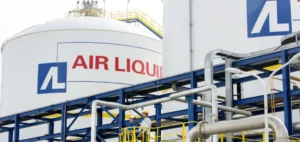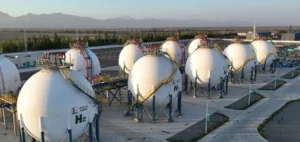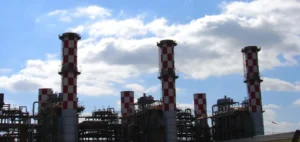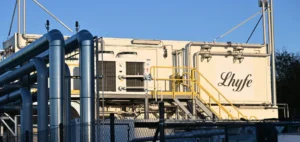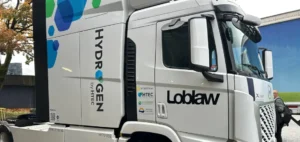European Energy’s Power-To-X plant in Esbjerg is being finalized. This plant will be used to supply renewable hydrogen to the Danish city’s port. The hydrogen produced in this way is intended for industrial use by docked ships and other customers.
European Energy’s Power-to-X project progresses
European Energy is a Danish global energy provider specializing in solar, onshore and offshore wind. The developed plant acts in partnership with DIN Forsyning. The company, also based in Denmark, is a water company, dealing with its supply and recycling. It also acts on the heating of the clients it manages.
European Energy’s Power-to-X plant project offers green energy and efficient recovery of the energy it produces. In fact, the plant is directly connected to wind turbines located in the Måde park. This means that the energy on which the Power-to-X plant depends is produced locally. European Energy is already thinking about expanding the infrastructure, anticipating a possible increase in demand for renewable hydrogen.
Power-to-X refers to plants that convert excess energy when it exceeds the demand for electricity in other sectors. These systems allow plants to be flexible. They are particularly suitable for productions with a high proportion of renewable energy. Finally, these infrastructures make it possible to achieve ambitious decarbonization objectives.
Use excess heat
DIN Forsyning will therefore use the excess heat from the production for its own heating network. This agreement between the two companies will allow 200 homes to be heated during the start-up phase alone. If the plant is expanded, it will at the same time provide access to recycled heating to even more households.
The Power-to-X system used here will therefore be Power-to-heat. The production of heating for domestic use will thus remain inexpensive and will have little impact on the environment. This is a step forward for the expansion of sectoral coupling.
Claus A. Nielsen, Director of Business Development at DIN Forsyning, says:
“We are very pleased with this agreement we have reached with European Energy. The more excess heat we can use in our district heating system without producing it ourselves, the better. When we can use resources from other processes, everyone wins. For the climate, our customers, European Energy and for ourselves. The facility will also provide important insights into how we integrate and operate this type of sectoral integration.”
This connection does not require additional modifications, further reducing the plant’s environmental impacts.












